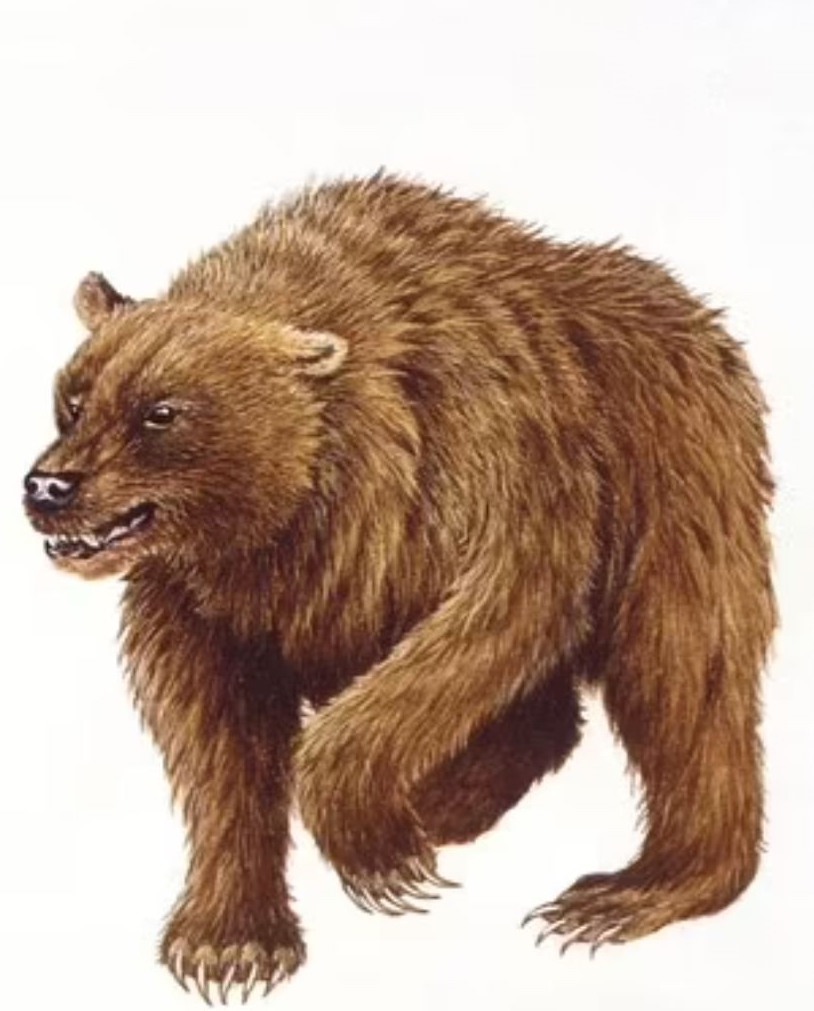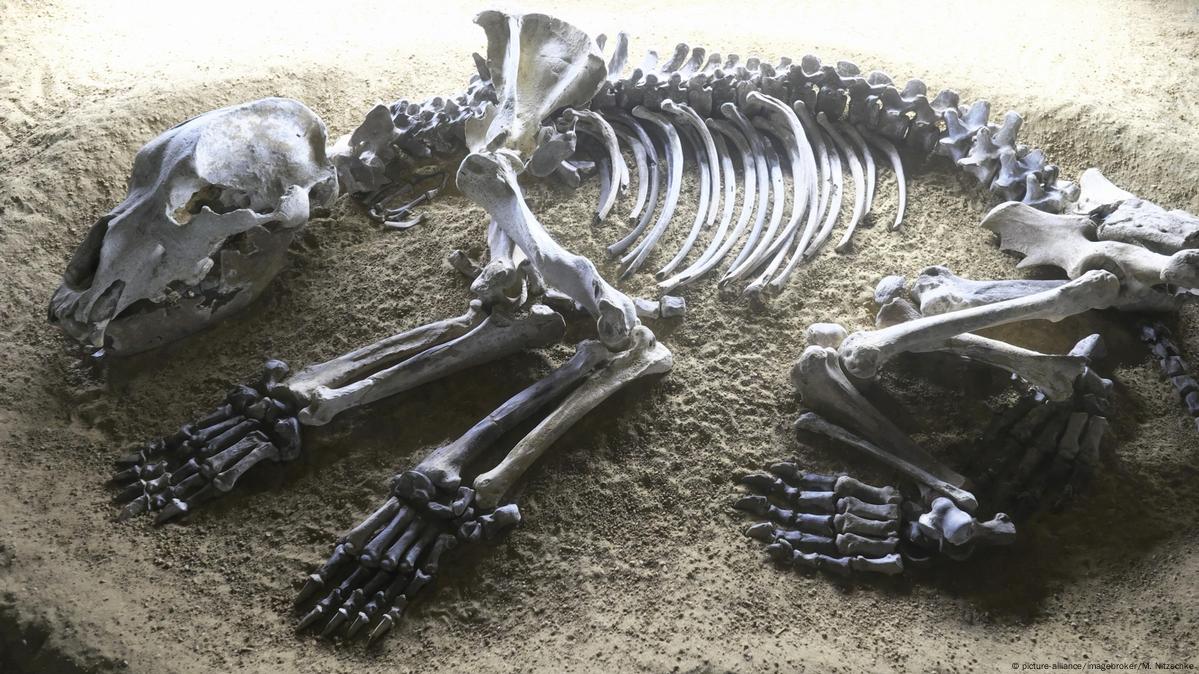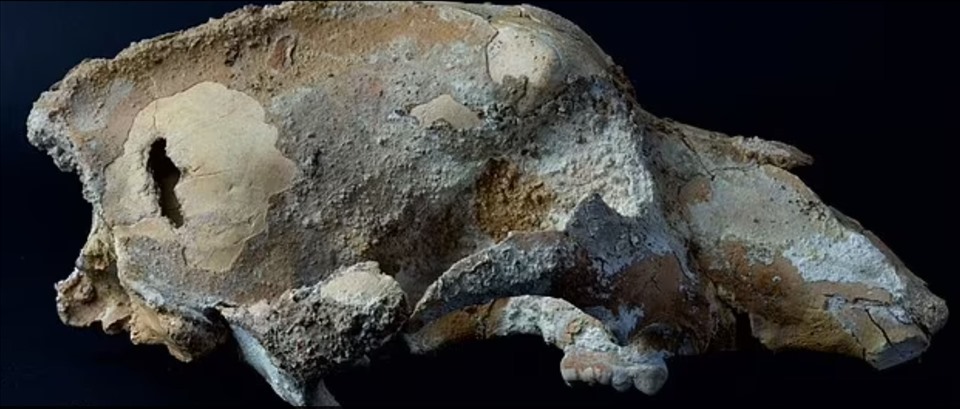The skull of an ice age bear found in Russia is the earliest evidence of human hunting .
The bear skull from the ice age is the latest evidence of the hunting activities of human ancestors. Photo: Ural Federal University
According to research published in the Russian journal Vestnik Archeologii, Anthropologii I Ethnographii , a team of researchers from the Ural Federal University discovered a bear skull in the Imanay cave, in which a hole appeared to be. was created by a spear in the head about 35,000 years ago.
According to the researchers, the young bear was a cave bear, between 9 and 10 years old at the time it was killed while hibernating at the end of the last ice age (about 115,000 to 11,700 years ago).

Illustration of an extinct cave bear. Photo: Ural Federal University
However, the team also suggested that the hole could have appeared due to natural causes such as “a stone falling on the head of a bear, or water dripping into the skull over thousands of years”, – Dmitry Gimranov, researcher senior researcher of the Ural branch laboratory of the Russian Academy of Sciences and the Ural Federal University, said in a statement.
”But this is very unlikely. Most likely the animal was killed by ancient people,’ he added.
The cave bear skull is one of more than 10,000 skeletons from the Late Pleistocene that were discovered during three years of excavations in Bashkiria National Park.

The most recent ice age occurred during the Pleistocene, which began 2.8 million years ago and lasted until 11,700 years ago.
The remaining fossil remains include thousands of bone fragments from red foxes, mammoths, cave lions and woolly rhinos.
To determine if the bear was killed, scientists determined the date the hole was made – at the time the animal was alive or dead.
If a hole was made in a bear’s skull after it died, it could be evidence of a popular ritual of the period.
Skulls were also found near the site where evidence of human habitation during the Pleistocene period was found, which supports the notion that the animal was murdered by humans in its sleep.

Humans during the Pleistocene hunted large animals for an entire community, so a small bear was a rare prey during this time.
However, Gimranov also noted that these ancient humans were so powerful that they were able to pierce a bear’s skull with a spear at close range with relative ease.
Cave bears inhabited the territory of northern Eurasia during the Late Pleistocene, ranging from 250,000 to about 10,000 years ago. These animals are commonly found in Western Europe, the Caucasus and the Urals.
Multiple excavations have found both ancient cave bear and human remains mixed up inside the caves, so this new find is not surprising.
However, the small cave bear of the Pleistocene period is not very common. The animal weighed nearly 1,000kg, the largest comparable to the Kodiak bear found in Alaska.
The first fossil skeleton of a cave bear was unearthed in England in 1922.
Source: laodong.vn









